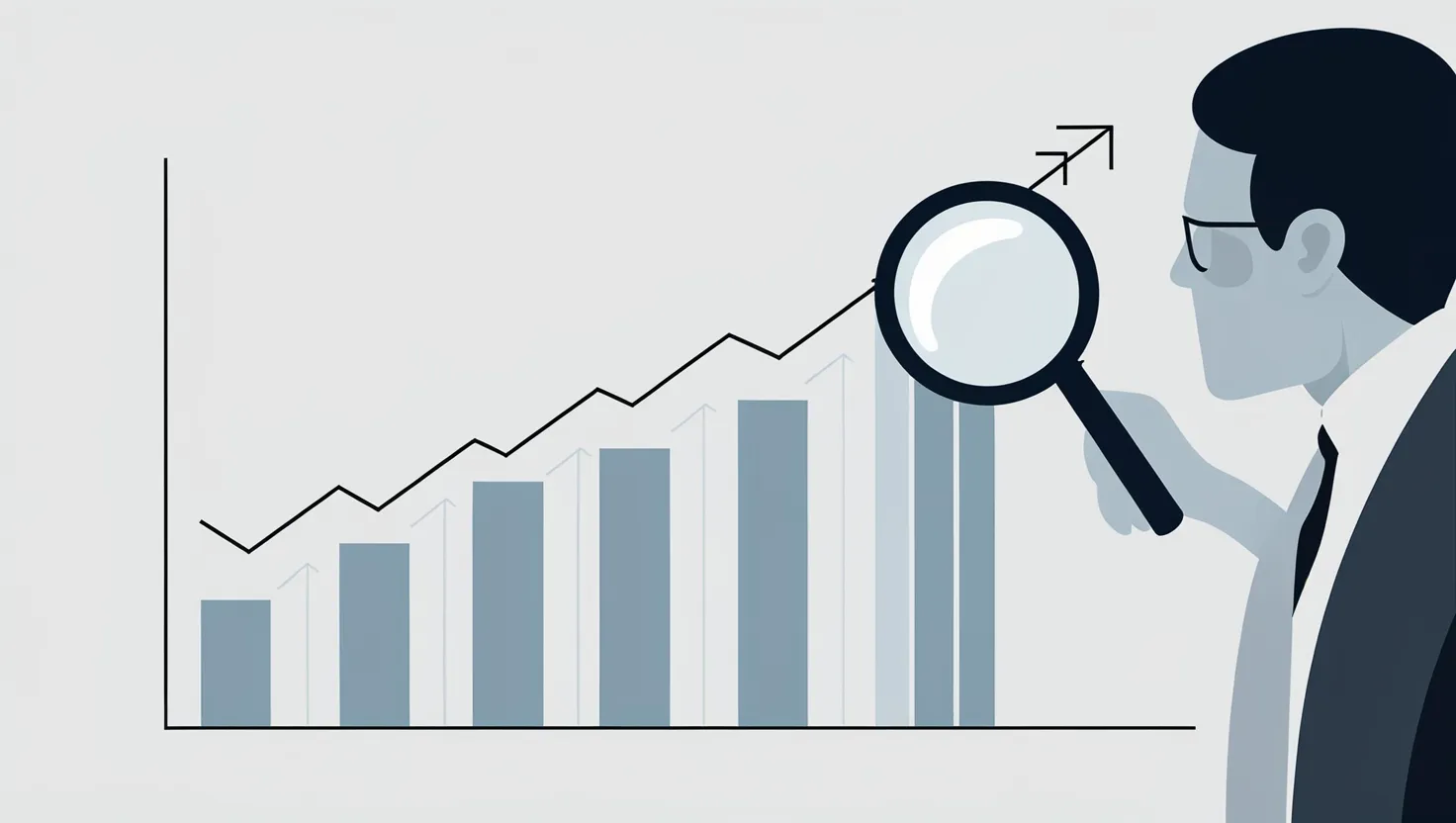In the world of finance, numbers have long been the ultimate decider. However, what if the beauty of an investment opportunity could be just as crucial as its financial metrics? This concept isn’t about being swayed by flashy presentations or sleek company logos; it’s about leveraging your brain’s innate ability to process visual information and identify patterns in complex data.
Imagine transforming financial data into visually stunning, mathematically precise art forms. This approach can help you spot trends and anomalies that might be overlooked in traditional analysis. For instance, picture stock performance as a series of fractal patterns or market sectors as a color-shifting mandala. This visual representation turns dry data into a feast for the eyes, engaging both your analytical and creative brain regions.
The Science Behind Neuroaesthetics
Neuroaesthetics, a field that bridges neuroscience, psychology, and art, provides the foundation for this innovative approach. It explores how our brains perceive and respond to beauty and art, revealing how visual elements, emotions, and cognitive interpretations interact to create aesthetic experiences. When we encounter beauty, whether in art or in data visualization, our brain’s reward circuits are activated, including the orbitofrontal cortex and the striatum. This activation is linked to the emotional and motivational aspects of aesthetic appreciation, making the experience more engaging and memorable[4].
Visualizing Financial Data
Visualizing financial data is not just about making it look pretty; it’s about making it more understandable and actionable. For example, consider a stock’s performance over time. Instead of looking at a traditional line graph, imagine seeing it as a fractal pattern. Fractals, with their self-similar patterns, can reveal underlying structures and trends that might be hidden in linear representations. This visual approach can help you identify patterns such as cycles of growth and decline, or even predict potential future trends.
The Role of Symmetry and Color
Symmetry and color play significant roles in how we perceive beauty and, by extension, financial data. Symmetrical patterns are often perceived as more attractive because they align with the brain’s preference for order and predictability. In financial visualizations, using symmetrical designs can make complex data more pleasing and easier to understand. Colors, too, have a profound impact. Different colors trigger different emotional responses; blue conveys trust and calmness, while red evokes excitement and urgency. Using these colors strategically in data visualization can help highlight important trends or warnings, such as a red flag for a volatile market sector[4].
Engaging Both Brain Regions
When financial data is presented in a visually appealing way, it engages both the analytical and creative regions of the brain. The analytical part of your brain processes the numbers and trends, while the creative part interprets the visual patterns and aesthetics. This dual engagement can lead to a deeper understanding and better decision-making. For instance, seeing a well-balanced portfolio as a harmonious color palette can give you a sense of satisfaction and confidence, while a volatile market sector represented by chaotic patterns can alert you to potential risks.
Practical Applications
In practical terms, this approach can be applied in various ways. For example, you could use data visualization tools to create interactive dashboards that display market data in real-time. These dashboards can use colors, shapes, and patterns to highlight key metrics such as stock prices, trading volumes, and economic indicators. This visual representation can help you quickly identify trends, spot anomalies, and make more informed investment decisions.
Case Studies and Examples
Consider a scenario where you are analyzing the performance of a tech stock. Instead of poring over rows of numbers, you see a dynamic graph that changes color based on the stock’s performance. Green indicates growth, red indicates decline, and yellow signals stability. This visual cue can immediately alert you to any significant changes, allowing you to react swiftly.
Another example is using mandalas to represent market sectors. Each sector could be a different color, and the size of each sector could represent its market share. As the market evolves, the colors and sizes change, giving you a holistic view of the market’s dynamics. This approach makes it easier to see how different sectors are interconnected and how changes in one sector can impact others.
Cultural and Personal Influences
It’s important to note that aesthetic experiences are not universal; they are influenced by cultural background, personal preferences, and educational influences. What one person finds beautiful or appealing might not be the same for another. Therefore, when applying neuroaesthetic principles to financial data, it’s crucial to consider these individual differences. For instance, some people might find complex patterns more engaging, while others might prefer simpler, more straightforward visualizations.
Future of Financial Analysis
The future of financial analysis is likely to be more visually driven. With advancements in data visualization tools and a deeper understanding of neuroaesthetics, investors will be able to make more informed decisions by literally seeing the beauty in their investments. This approach is not just about aesthetics; it’s about leveraging the brain’s natural ability to process visual information to gain deeper insights into complex financial data.
Implementing Neuroaesthetic Investing
To start implementing neuroaesthetic investing, you don’t need to be a professional artist or neuroscientist. Here are a few steps you can take:
- Use Data Visualization Tools: There are numerous tools available that can help you transform financial data into visually appealing graphs and charts. Look for tools that allow you to customize colors, shapes, and patterns.
- Experiment with Different Visualizations: Try different types of visualizations to see what works best for you. For example, you might find that fractals work better for long-term trend analysis, while bar charts are more effective for short-term data.
- Pay Attention to Colors and Symmetry: Use colors and symmetrical designs to make your visualizations more engaging and easier to understand.
- Consider Your Personal Preferences: Tailor your visualizations to your personal preferences and cultural background. What you find visually appealing will make the data more engaging and memorable for you.
Conclusion
Incorporating neuroaesthetic principles into financial analysis is a revolutionary approach that can make complex data more accessible and engaging. By transforming financial metrics into visually stunning art forms, you can tap into your brain’s innate ability to process visual information and find patterns in complexity. This approach is not just about making finance more beautiful; it’s about making it more understandable and actionable. As you embark on this visually rich investing journey, you’ll find that making financial decisions becomes an aesthetic experience, allowing you to literally see the beauty in your investments.






